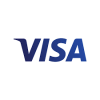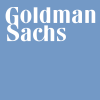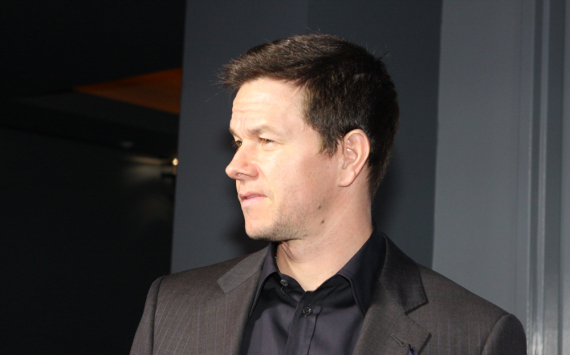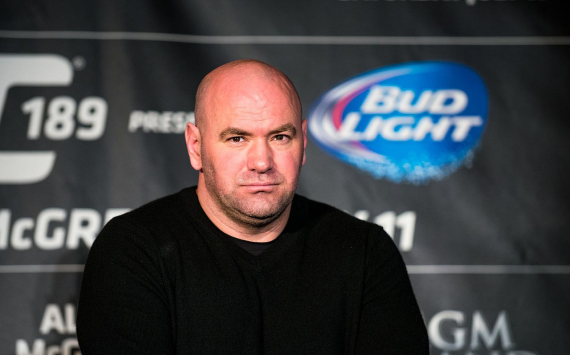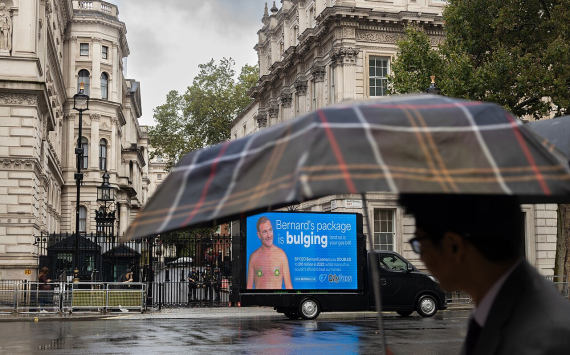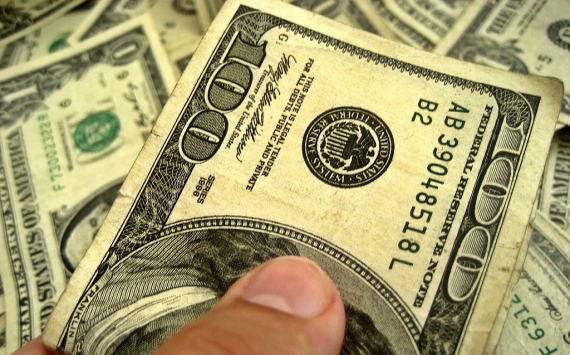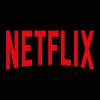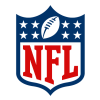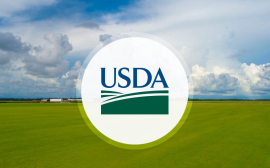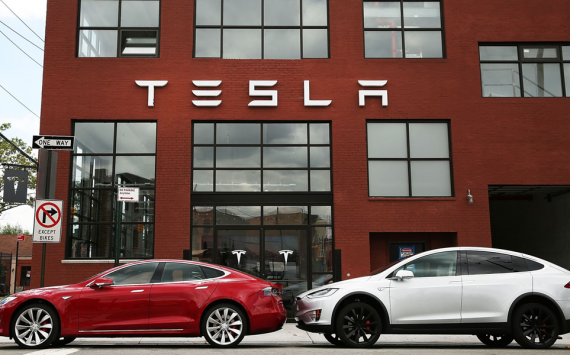
Adding to S&P 500
The S&P Dow Jones Indice Index Committee decided to add Tesla shares to the S&P 500 in one step after consulting with investors. The addition will force the index funds to buy these shares for about $73 billion.
Tesla shares (TSLA) rose 5% during trading on Tuesday after the S&P Dow Jones Indice Index Committee announced on Monday that they will be added to the S&P 500 in one stage before the opening of trading on 21 December. Another positive news for Tesla on Monday was that it had received approval from the Chinese authorities to start selling its Shanghai Model Y SUV. As Tesla will be the largest company ever added to the S&P 500, the committee was consulting with investors to decide whether to add it in one or two phases. Paul Hickey, the founder of the Bespoke Investment Group, said: "This step by the committee shows us how unique this situation is".
According to the announcement, the committee will name the company to be replaced by Tesla on 11 December. S&P DJI also noted that adding Tesla shares to the most popular Wall Street index will force index funds to buy around $73 billion for their portfolios. This will force index fund managers to sell shares in other companies, which will cause volatile trading.
For their part, Goldman Sachs experts recently said that adding Tesla to the S&P 500 could lead to a demand of $8 billion from active, large-cap U.S. mutual funds, but when index funds are included, that figure would be much higher.
Tesla shares have risen sharply by almost 40% in the two weeks since the announcement of the addition of the company to the index. Tesla is currently the most expensive car company on the market, with a market capitalisation of $527 billion. This is higher than the market value of Toyota Motor, Volkswagen and General Motors combined, although Tesla production is only a small fraction of these competitors. In the S&P 500 list of largest companies, Tesla may rank between Berkshire Hathaway and Visa (V).
Moreover, the company's shares could fall by around 10-20%, which is consistent with what happened to Facebook (FB) after the shares were added to the S&P 500 seven years ago.








